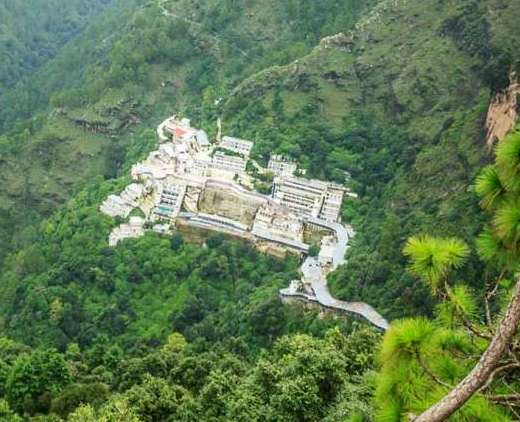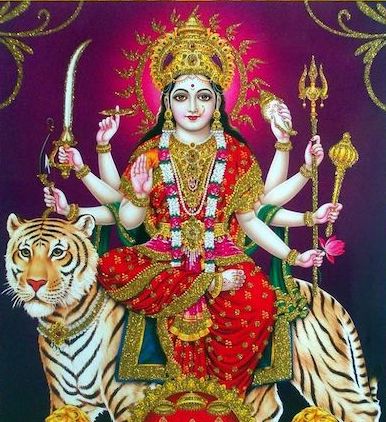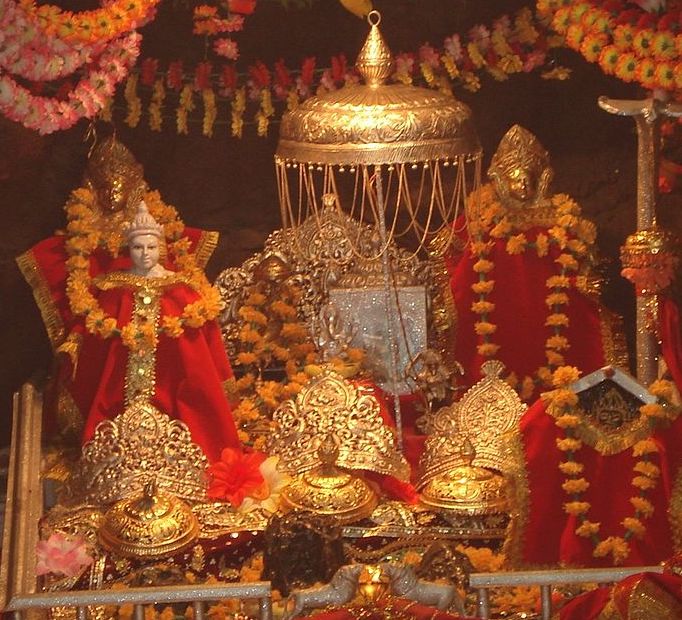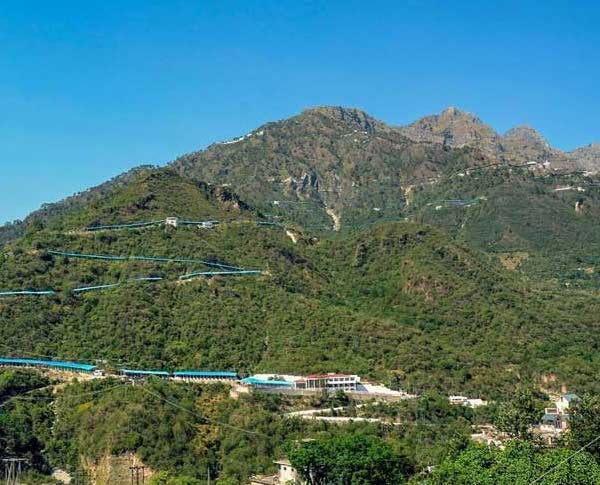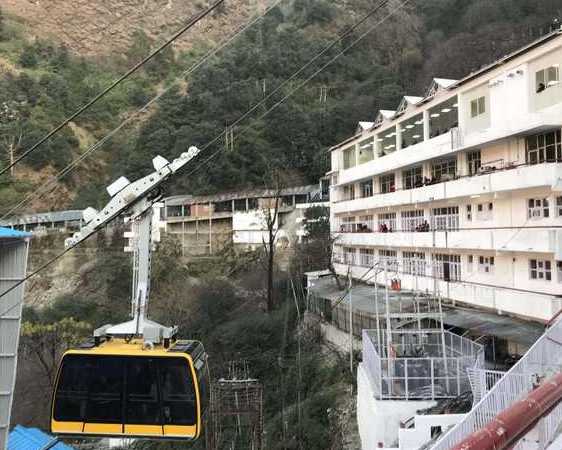Places
Advertise with us (Free for 1st month and then Rs1000 for each month, send email to us at admin@hotelbasera.com)
Amritsar is 2nd most populous city in Punjab, India home to Sikhism’s most spiritually and most visited Gurudwara “The Golden Temple”. Amritsar is located in the Majha region of the state of Punjab in North India lies about 15 miles (25 km) east of the border with Pakistan. City is famous for its Pashmina Shawls, Woolen Clothes, Blankets, etc. Among handicrafts, the craft of the Thatheras of Jandiala Guru in Amritsar district got enlisted on UNESCO's List of Intangible Cultural Heritage in 2014, and the effort to revive this craft under the umbrella of Project Virasat is among India's biggest government-sponsored craft revival programs.The city is situated 217 km (135 mi) northwest of state capital Chandigarh, 455 km (283 miles) northwest of New Delhi, the national capital And 47 km (29.2 miles) northeast of Lahore, Pakistan, with the Wagah Border being only 28 km (17.4 mi) away. Guru Ram Das, the fourth Sikh guru is credited with founding the holy city of Amritsar in the Sikh tradition. Amritsar has a semiarid climate, typical of Northwestern India and experiences four seasons primarily: winter season (December to March), when temperatures can drop to −1 °C (30 °F), summer season (April to June) where temperatures can reach 45 °C (113 °F), monsoon season (July to September) and post-monsoon season (October to November). Annual rainfall is about 703.4 millimetres (27.7 in).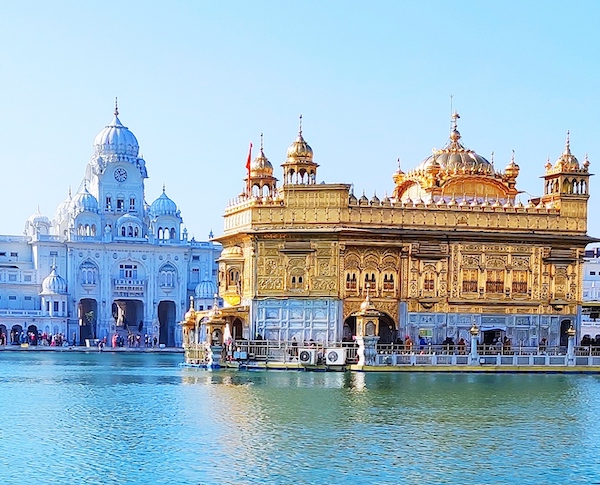

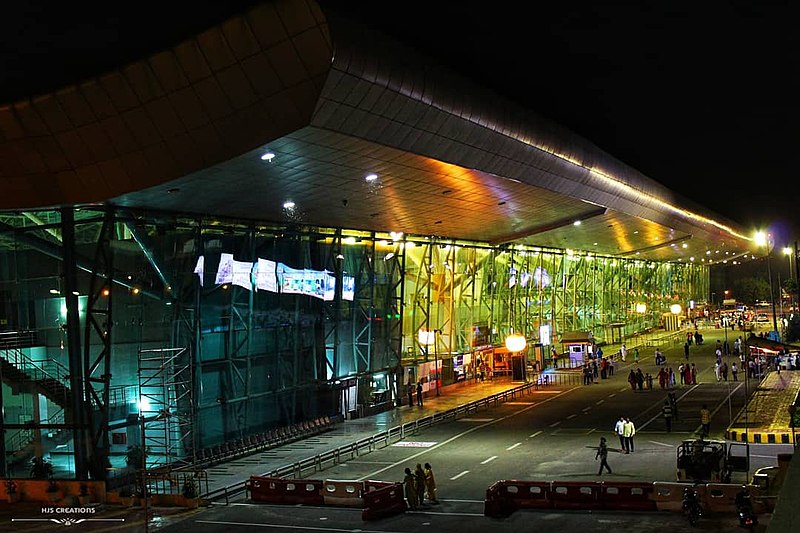
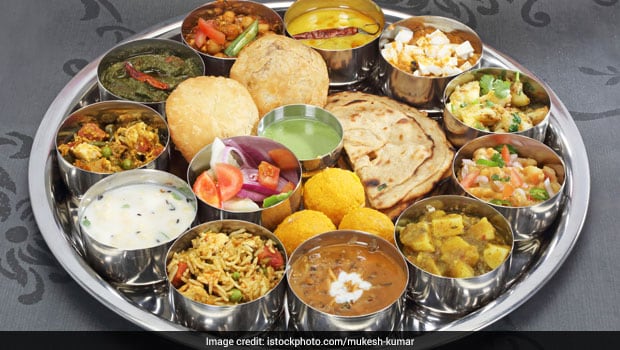
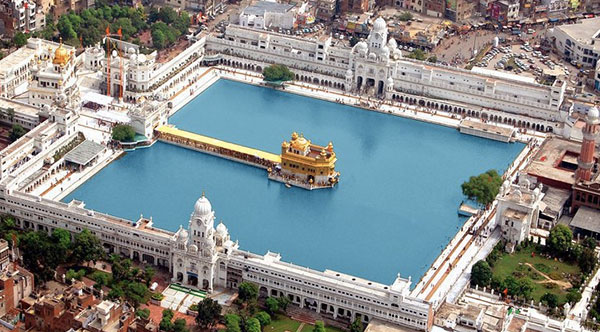
Advertise with us (Free for 1st month and then Rs1000 for each month, send email to us at admin@hotelbasera.com)
One of the most beautiful coastal State of India near Arabian Sea and has a hot and humid climate for most of the year. Maximum temperature of 35 C (95 F) with high humidity has been seen during month of May. Over 9% of the average annual rainfall (120 inches) is received during monsoon season (June - September). It lies between the latitudes 14°53′54″ N and 15°40′00″ N and longitudes 73°40′33″ E and 74°20′13″ E. The highest point is the Sonsogor, with an altitude of 1,167 metres (3,829 ft). Goa has a coastline of 160 km (99 mi). The Zuari and the Mandovi are the most important rivers, interspaced by the Kumbarjua canal, forming a major estuarine complex. Goa has more than 40 estuarine, eight marine, and about 90 riverine islands. The state is divided into two districts: North Goa and South Goa. Panaji is the headquarters of North Goa district and is also the capital of Goa. Goa's major cities include Panaji, Margao, Vasco, Mapusa, Ponda, Bicholim, and Valpoi. Tourism is generally focused on the coastal areas of Goa, with lower tourist activity inland. In 2010, there were more than 2 million tourists reported to have visited Goa, about 1.2 million of whom were from abroad. Goa stands 6th in the Top 10 Nightlife cities in the world in National Geographic Travel. Notable nightclubs in Goa include Chronicle, Mambos and Sinq. One of the biggest tourist attractions in Goa is water sports. Beaches like Baga and Calangute offer jet-skiing, parasailing, banana boat rides, water scooter rides, and more. Patnem beach in Palolem stood third in CNN Travel's Top 20 Beaches in Asia. Over 450 years of Portuguese rule and the influence of the Portuguese culture presents to visitors to Goa a cultural environment that is not found elsewhere in India. Goa is often described as a fusion between Eastern and Western culture with Portuguese culture having a dominant position in the state be it in its architectural, cultural or social settings. The state of Goa is famous for its excellent beaches. Goan food may be divided into Goan Catholic and Goan Hindu cuisine with each showing very distinct tastes, characteristics, and cooking styles. Pork dishes such as Vindalho, Xacuti, chouriço, and Sorpotel are cooked for major occasions among the Goan Catholics. An exotic Goan vegetable stew, known as Khatkhate, is a very popular dish during the celebrations of festivals, Hindu and Christian alike. Khatkhate contains at least five vegetables, fresh coconut, and special Goan spices that add to the aroma.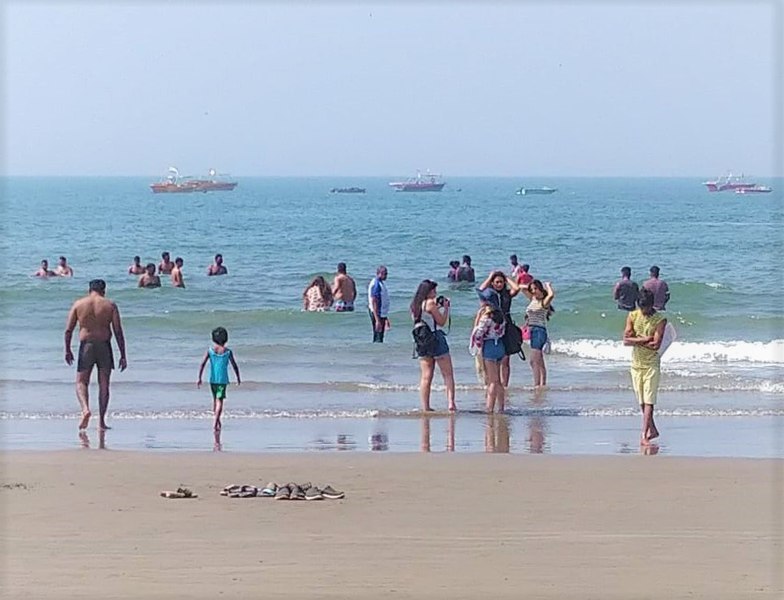
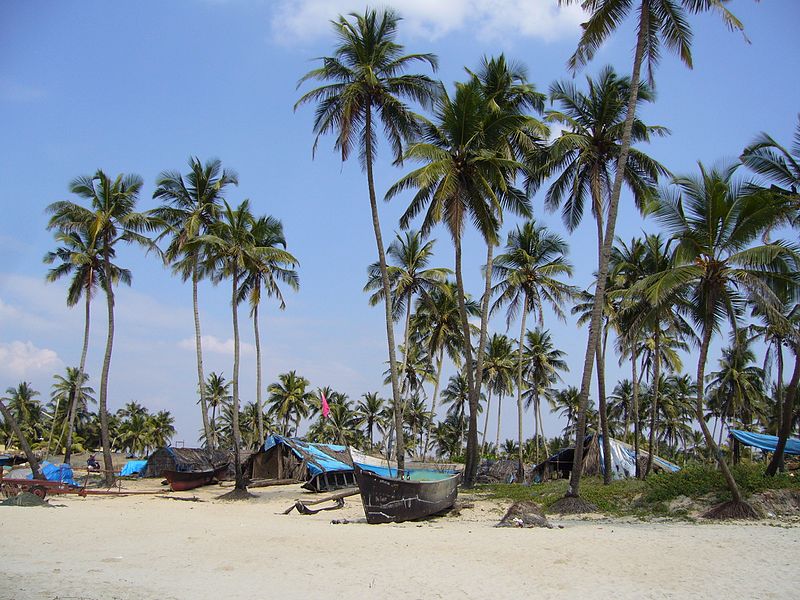
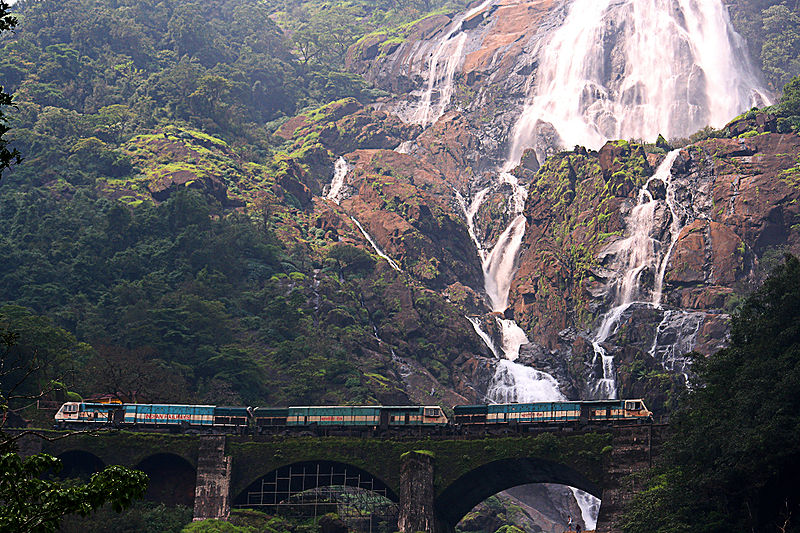
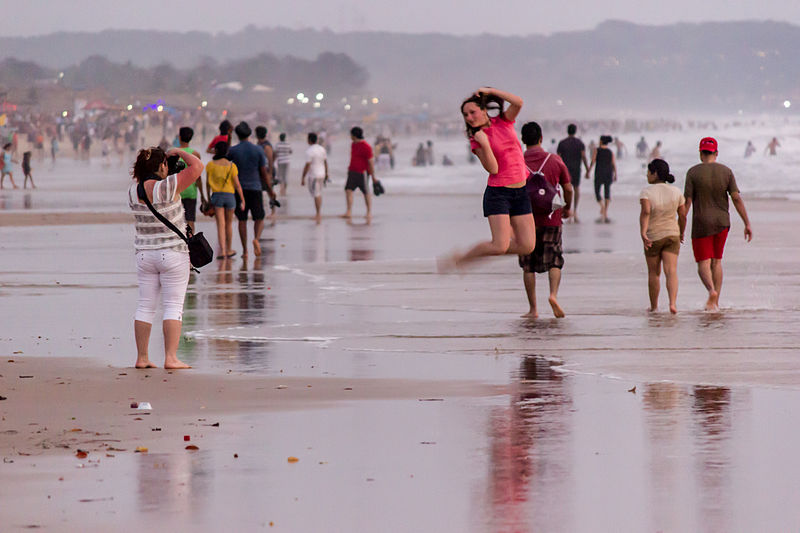
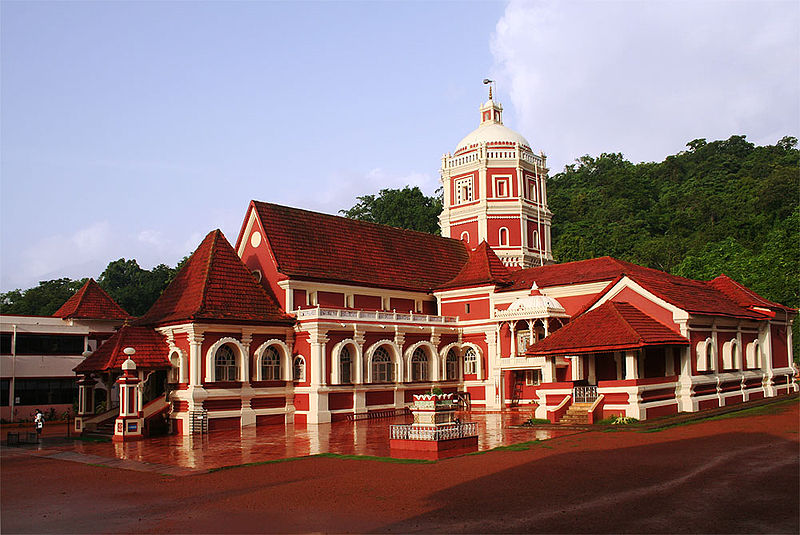
Advertise with us (Free for 1st month and then Rs1000 for each month, send email to us at admin@hotelbasera.com)
Shimla is the capital and the largest city of the Indian state of Himachal Pradesh. Shimla is home to a number of buildings that are styled in the Tudorbethan and neo-Gothic architectures dating from the colonial era, as well as multiple temples and churches. The colonial architecture and churches, the temples, and the natural environment of the city attracts tourists. Attractions include the Viceregal Lodge, the Christ Church, the Jakhoo Temple, the Mall Road, the Ridge and Annadale. The city centre's northern most point is Jakhoo and the southern most location is Annadale. Shimla features a subtropical highland climate. The climate in Shimla is predominantly cool during winters and moderately warm during summer. Temperatures typically range from −4 °C (25 °F) to 31 °C (88 °F) over the course of a year. Shimla to Manali is around 6 hrs by road. Manali, at the northern end of the Kullu Valley in Himachal Pradesh, is a hill station situated at a height of 2050m (6398 ft) in the Himalayas. Situated on the Beas river (Vyaas in Hindi) and near its source, it is a popular tourist spot for Indians in summer and a magical, snow-covered place in winter. A staging point for a number of treks (Beas Kund, Chandrakhani Pass) and sports such as white-water rafting, Manali is also on the road to Ladakh via the valley of Lahaul and Spiti and the Rohtang Pass which is the main attraction near Manali. Kullu and Manali, top tourist destinations of Himachal Pradesh, seem to outdo the other in their scenic magnificence and opportunities for sightseeing & adventure. Kullu, the town believed to be apt for the gods, pleasantly surprises the visitor with the diversity it offers. In Manali, what you see is what you get, raw beauty with serenity, the likes of which you may have only dreamt about. By bus Manali is 570km from Delhi, the capital of India, and there are buses connecting the town with Delhi, Shimla, Dharamsala and Leh. For service from Delhi to Manali and back, tickets and reservations can be made at the Inter State Bus Terminus or the Himachal Tourism office on Safdar Hashmi Marg near Mandi House in New Delhi. You can book tickets online too. The approximate travel time from Delhi to Manali is 14 hours; from Ambala to Manali is 10 hours; from Chandigarh is 08 hours and from Kulu to Manali is 1.5 to 3 hours. Volvo buses—which depart around 17:00 and arrive about 10:00 the next day—are available from Delhi and is the best option in terms of comfort and value for money to reach Manali but you need to book these in advance. Some hotels like Snow Valley Resorts will book your Volvo & sightseeing along with their hotel package which results in a good package deal as you get everything in one go. The windows on Volvo buses are fixed and do not open at all. Volvos offer bags that people may use if they feel like vomiting. You may enjoy a better view of the valley and the beautiful Beas river if you book seats on the right side of bus while traveling from Delhi. By private taxi If you are going to Manali through Chandigarh-Ropar-Kiratpur-Mandi highway, then your driver would need to drive on hilly roads for at least 6 hours. Chandigarh to Manali would be about 8-9 hours by taxi. By train The nearest Broad Gauge Rail Head is Ambala Cantt (200km) or Chandigarh (250km)from Indian Capital New Delhi. Ambala Cantt is on the Delhi - Amritsar and Delhi - Jammu main lines and is well served by rail, but you will need to travel to Ambala to get a bus for the 10 hour ride to Manali. Jogindernagar and Kalka are other, less preferable, rail heads for Manali. By plane The nearest airport is Bhuntar ( Kullu ) Airport, 50km from Manali, 10km from Kullu, about two hours away. Air India Regional operate flights to Kullu from Delhi. However the services can be irregular, and airfares can be high. Himalyan Bulls offer flight services from Chandigarh to kullu airport. From the airport the best option to go to Manali is by Pre Paid taxi which is easily available there.


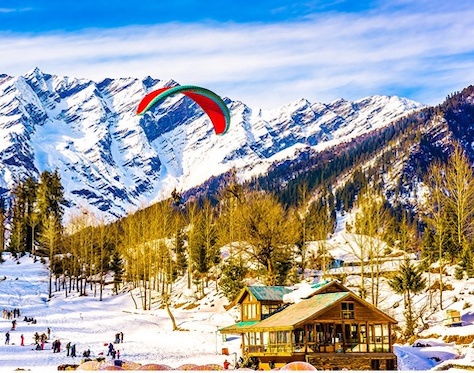
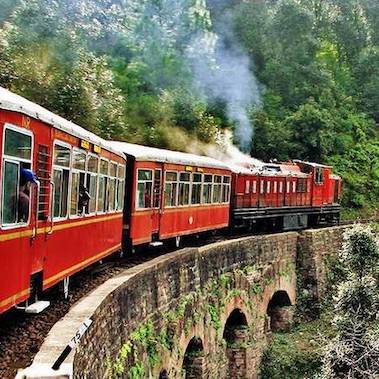
Advertise with us (Free for 1st month and then Rs1000 for each month, send email to us at admin@hotelbasera.com)
Kashmir Valley is one of the top tourist destinations of India. Some major tourist attractions in Kashmir are Srinagar, the Mughal Gardens, Gulmarg, Pahalgam, Sonmarg. Best time to visit Kashmir in summer is from March to September when temperature ranges from 13 to 30 celsius and Winter for winter sports from October to February when temperature ranges from -2 to +12 celsius. Kashmiri food is world famous with it’s vegetarian and non vegetarian food items that ranges from Rogan Josh(Mutton curry), Dum Aloo, Goshtaba(meat balls), Yakhani(Lamb curry), Baingan curry, Rajma curry, Sheermal (tandoor roti) and kahva (hot drink). How to get there - The primary methods of transport in Jammu and Kashmir are by road and air. It has access to the rest of India through the Banihal road tunnel near Qazigund on national highway NH 1A and through NH 1B that passes through Sinthan pass and Kishtwar. Jammu and Kashmir has 2 civil airports. The Jammu Airport and the Sheikh ul-Alam International Airport in Srinagar. They receive direct flights from New Delhi, Mumbai and Bengaluru. Jammu and Kashmir has a 119 km (74 mi) long modern railway line that started in October 2009 and connects Baramulla in the western part of the valley to Srinagar and Qazigund. It further links the Kashmir Valley to Banihal across the Pir Panjal mountains through the new 11.215 km (6.969 mi) long Pir Panjal Railway Tunnel or Banihal rail tunnel from 26 June 2013. Banihal railway station will be linked to the rest of India in another few years as the construction of the railway line from Jammu to Banihal progresses steadily.
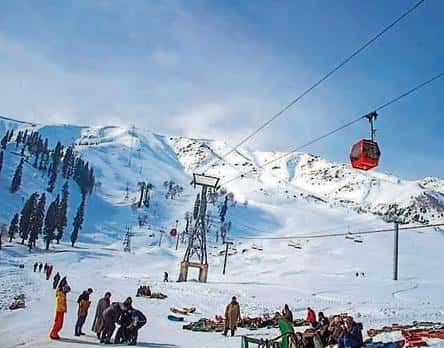
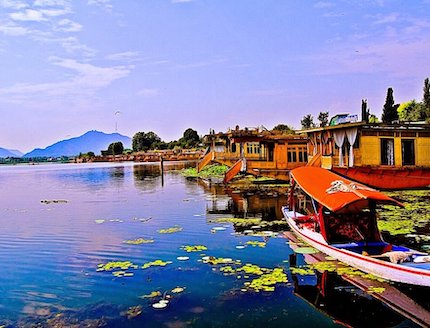

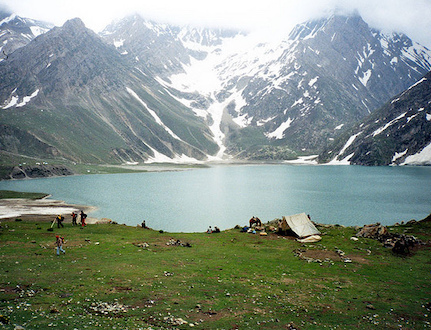
Advertise with us (Free for 1st month and then Rs1000 for each month, send email to us at admin@hotelbasera.com)
Vaishno Devi, also known as Mata Rani, Trikuta, Ambe and Vaishnavi, is a manifestation of The Hindu Mother Goddess, Devi. The words "Maa" and "Mata" are commonly used in India for mother, and thus are often heavily used in connection with Vaishno Devi. Goddess Vaishnavi was formed from the combined energies of Goddess Parvati/Mahakali, Mahalakshmi, and Mahasaraswati. Vaishno Devi Mandir is a Hindu temple located in Katra at the Trikuta Mountains within the Indian State of Jammu. The Temple is a Trek of 13Km from Base camp of Katra to Bhavan and various modes like Pony, Helicopter and ropeway are now available for the ease of devotees, however it is still recommended to climb the trek by foot. Ever since the inception of Shrine Board in 1986, the Holy Shrine of Mata Vaishno Devi has witnessed an ever-increasing number of devotees. The Yatra that stood at 13.96 Lakhs in the year 1986, increased to 104.95 lakhs (10.4 Million) in the year 2012, 93.24 Lakhs in the year 2013, 78.03 Lakhs in the year 2014, 77.76 Lakhs in the year 2015, 77.23 Lakhs in the year 2016 and 85.87 Lakhs in the year 2018. Tourists and pilgrims can avail the free of charge dharamshala facility available around the main shrine area. Payment of a nominal sum for the upkeep of the dharamshala is appreciated, but not imposed. Hotels and guests houses are available in sufficient numbers at the base camp in Katra. Make sure you make prior bookings, more so, if you are making a trip during peak season between April to September.